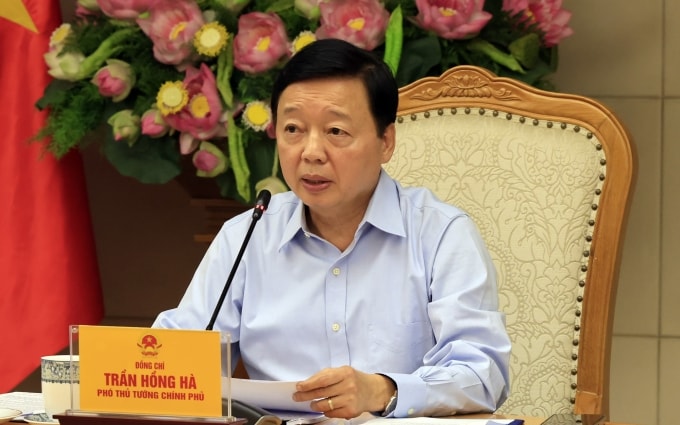
Deputy Prime Minister Tran Hong Ha chaired a meeting on the project to clear land for the North-South high-speed railway, on the afternoon of June 16.
Chairing a meeting on site clearance for the North-South high-speed railway project on the afternoon of June 16, Deputy Prime Minister Tran Hong Ha assigned the Ministry of Finance to guide capital allocation and send it to 15 provinces and cities where the route passes through for implementation; the Ministry of Construction and the Ministry of Agriculture and Environment to coordinate with localities to organize implementation.
According to the Deputy Prime Minister, the railway line has strategic significance in socio-economic development and regional connectivity, so site clearance needs to be carried out urgently, systematically, and in accordance with regulations. The goal is to begin implementation in August, including resettlement - the starting step for the project.
The Ministry of Construction is assigned to work directly with each locality to conduct field inspections, especially at sections of the route that pass through natural forest core areas, defense and security areas, cultural heritage sites or densely populated areas. Although the route direction has only been determined on the map, localities need to proactively determine the land area and population affected to develop specific plans.
Localities are also required to adjust the planning around the stations to optimize traffic connections and develop modern urban areas. While the design documents are not yet complete, the provinces are temporarily sent resettlement proposals for funding, to avoid the situation of shifting responsibility between ministries and branches.
The Deputy Prime Minister requested that each province establish a Steering Committee and a working group to directly manage site clearance and resettlement. This can be decentralized to the communes but must be responsible to the Central Government.
According to Deputy Minister of Construction Bui Xuan Dung, the North-South high-speed railway is 1,541 km long, from Ngoc Hoi station (Hanoi) to Thu Thiem station (Ho Chi Minh City), passing through 15 provinces and cities after the merger. The route has 23 stations, including 5 freight stations; the land use demand is about 10,800 hectares, with more than 120,000 households having to resettle.
The Ministry has handed over preliminary design documents and site clearance boundaries to 20 localities. However, so far only Ninh Binh has established a Steering Committee; Vinh Phuc, Phu Yen, Ha Tinh, Thanh Hoa and Ninh Binh have completed the review of resettlement needs; only Hue City has made an implementation plan. Meanwhile, localities must complete site clearance before December 2026 to hand over to the construction contractor.
Some provinces have proposed to receive capital to build resettlement infrastructure, support in determining the official route to avoid going through resettlement areas or relics, and request the Central Government to support compensation capital.
Vice Chairman of Hanoi City Nguyen Manh Quyen proposed choosing large stations such as Ngoc Hoi or Thuong Tin, where there are favorable conditions, to start the project on August 19.
Meanwhile, Ho Chi Minh City Vice Chairman Bui Xuan Cuong proposed integrating the transport-oriented urban development (TOD) model at Thu Thiem station and a 60.5-hectare train parking lot to effectively exploit railway infrastructure.
HA (according to VnE)Source: https://baohaiduong.vn/dung-ngan-sach-trung-uong-giai-phong-mat-bang-duong-sat-toc-do-cao-bac-nam-414230.html


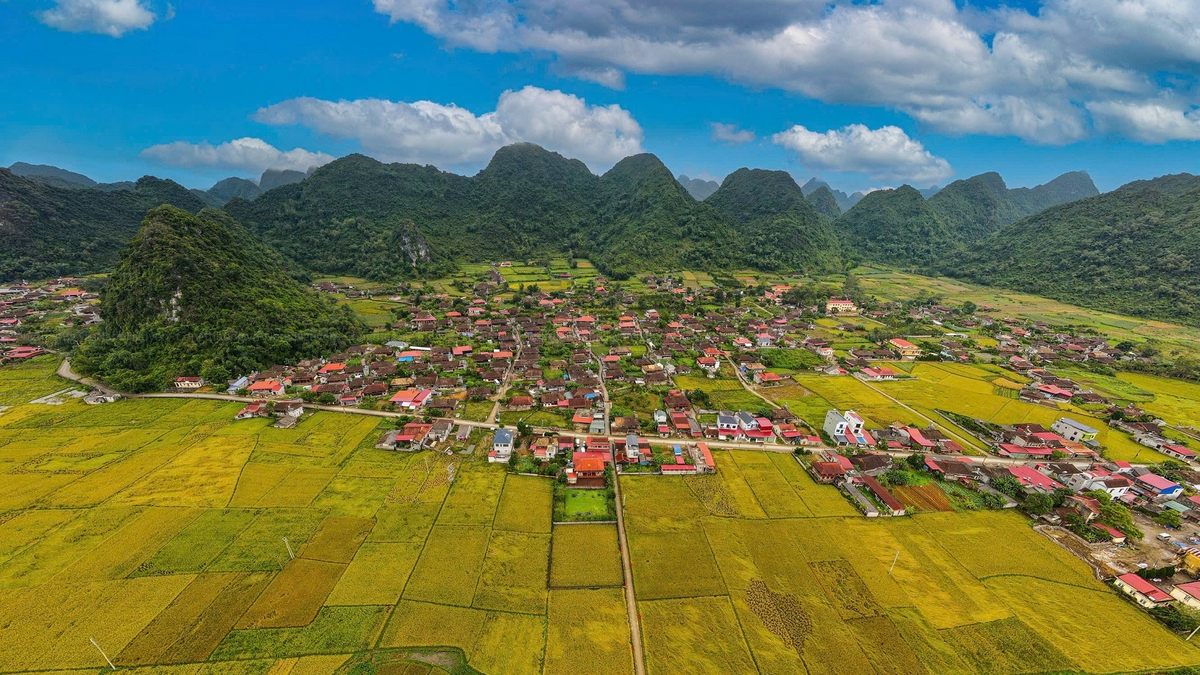





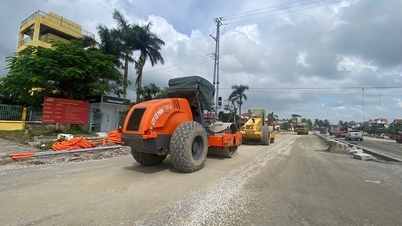

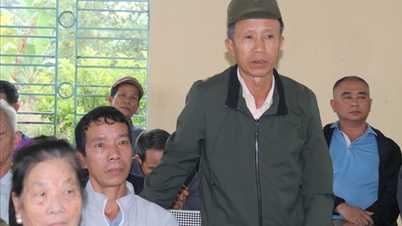
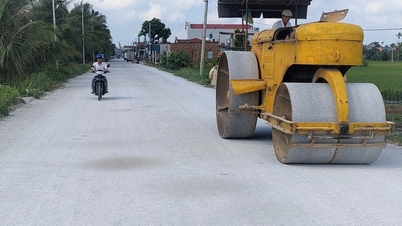

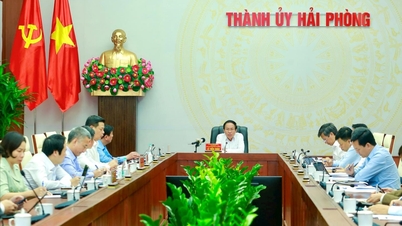
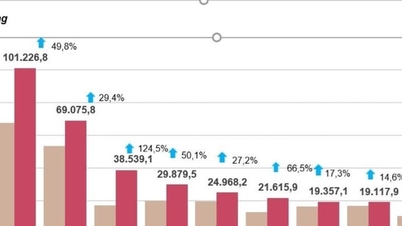

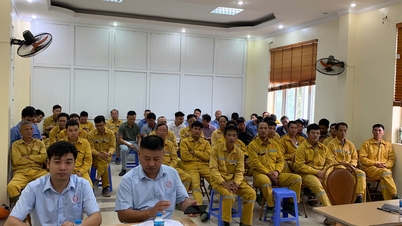



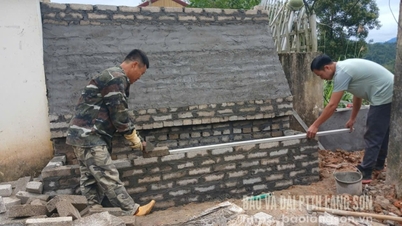










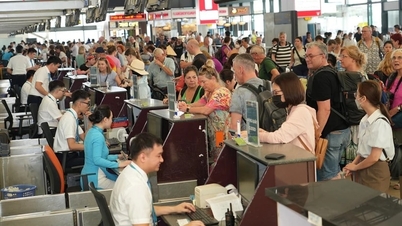

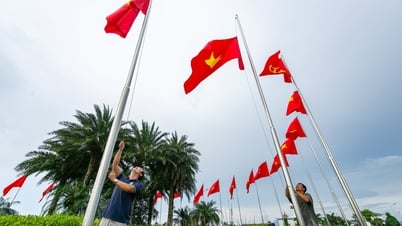
















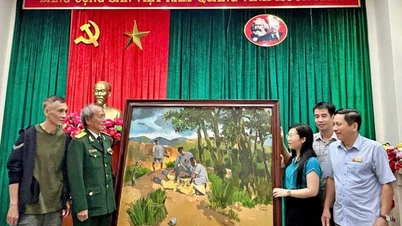

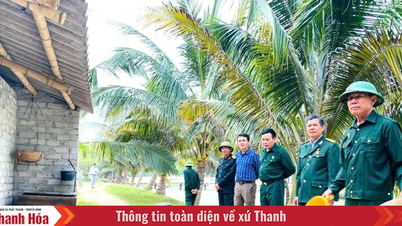











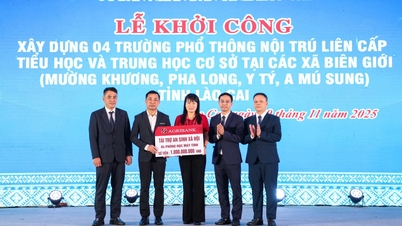


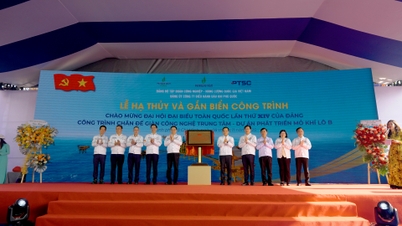













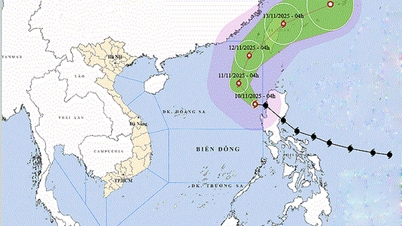





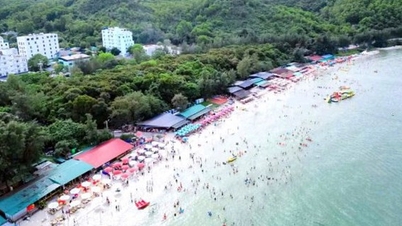



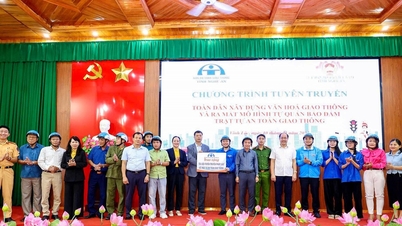

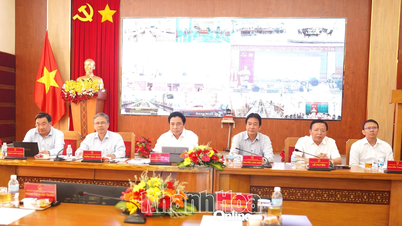
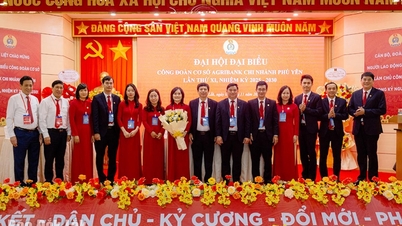
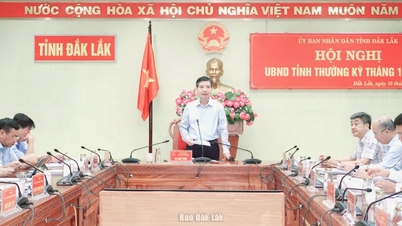



![Dong Nai OCOP transition: [Article 3] Linking tourism with OCOP product consumption](https://vphoto.vietnam.vn/thumb/402x226/vietnam/resource/IMAGE/2025/11/10/1762739199309_1324-2740-7_n-162543_981.jpeg)










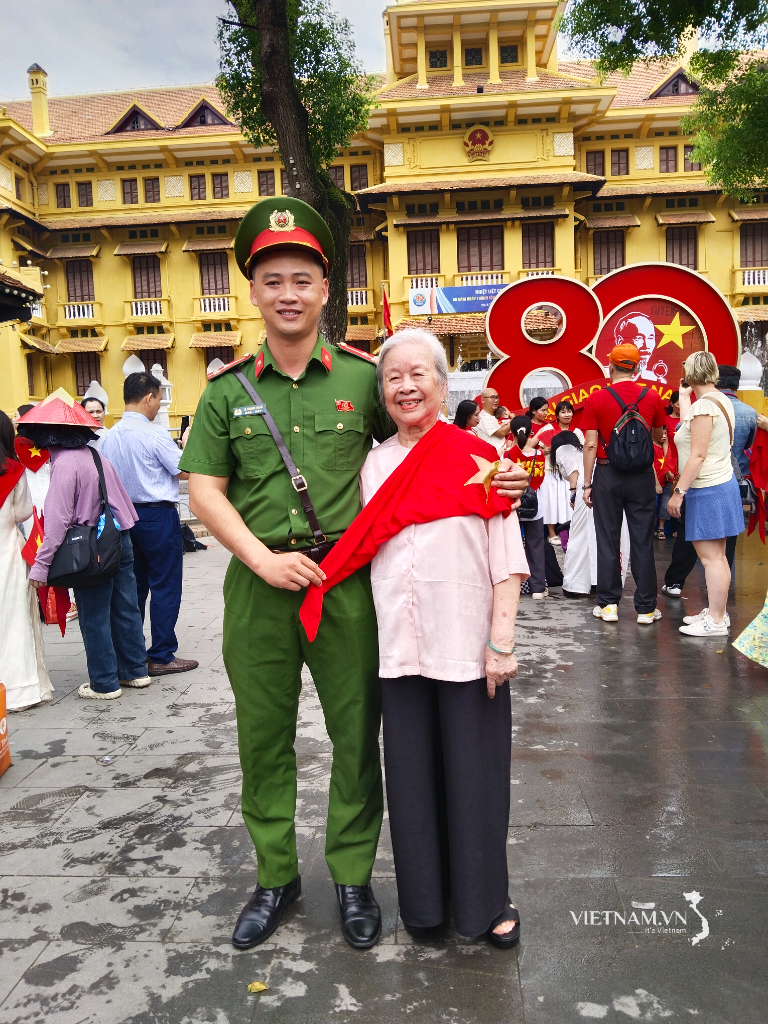

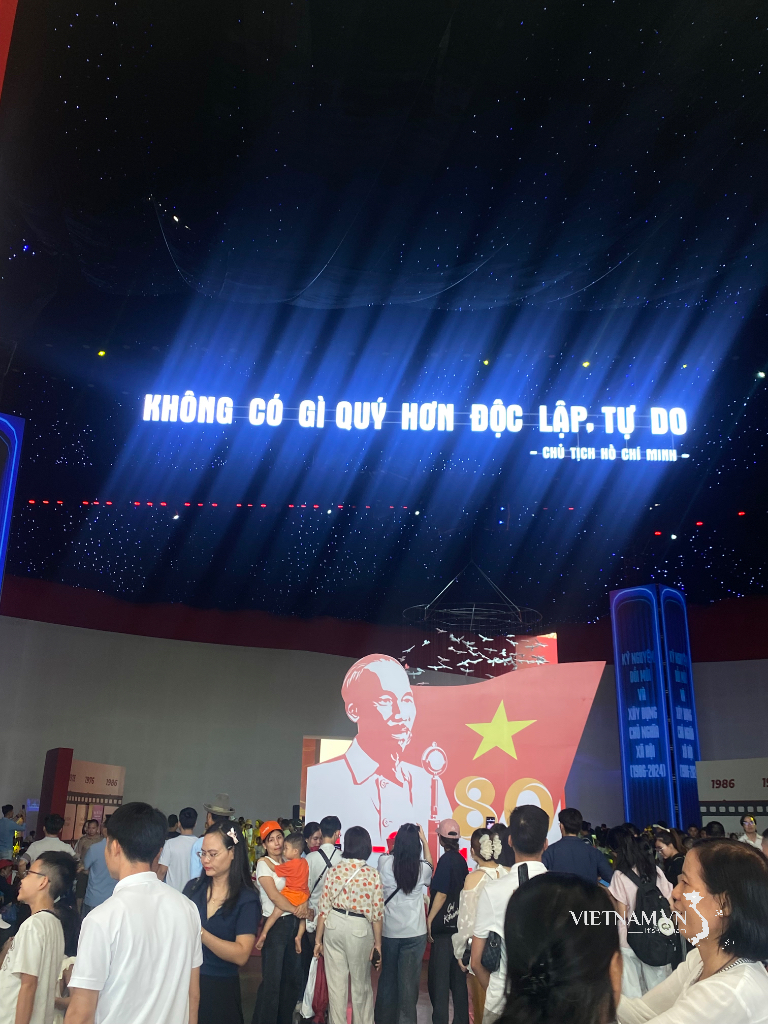
Comment (0)